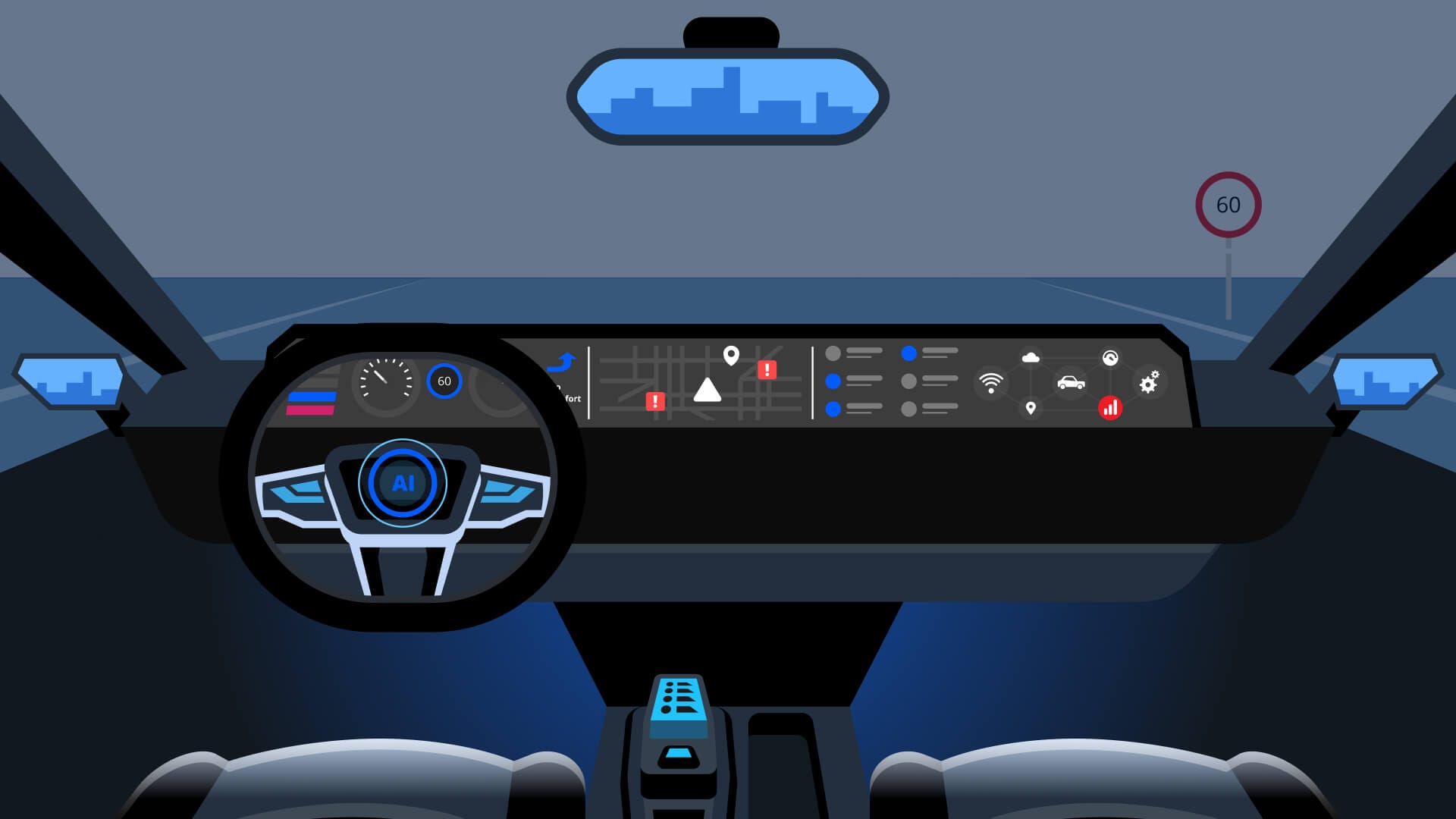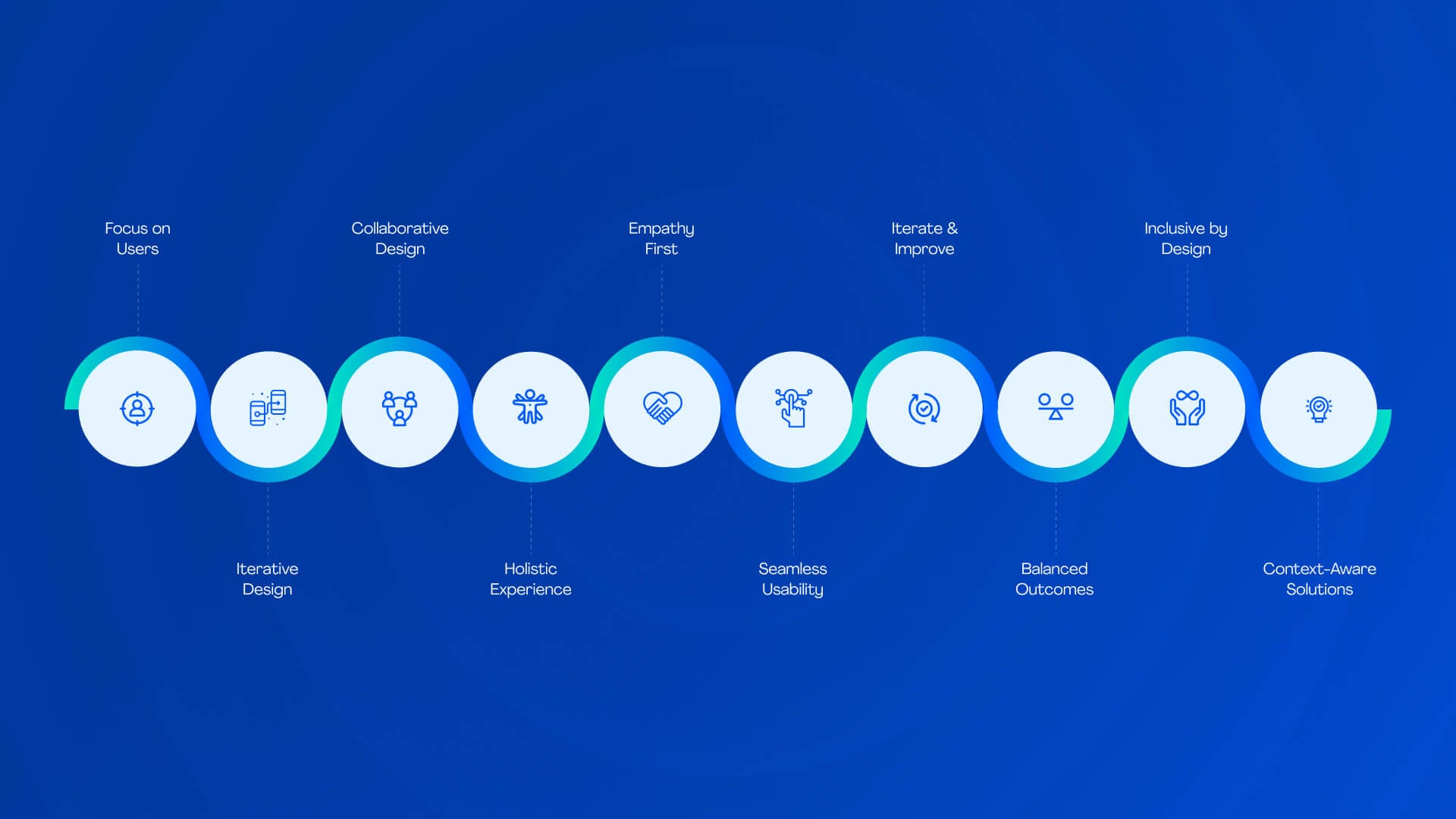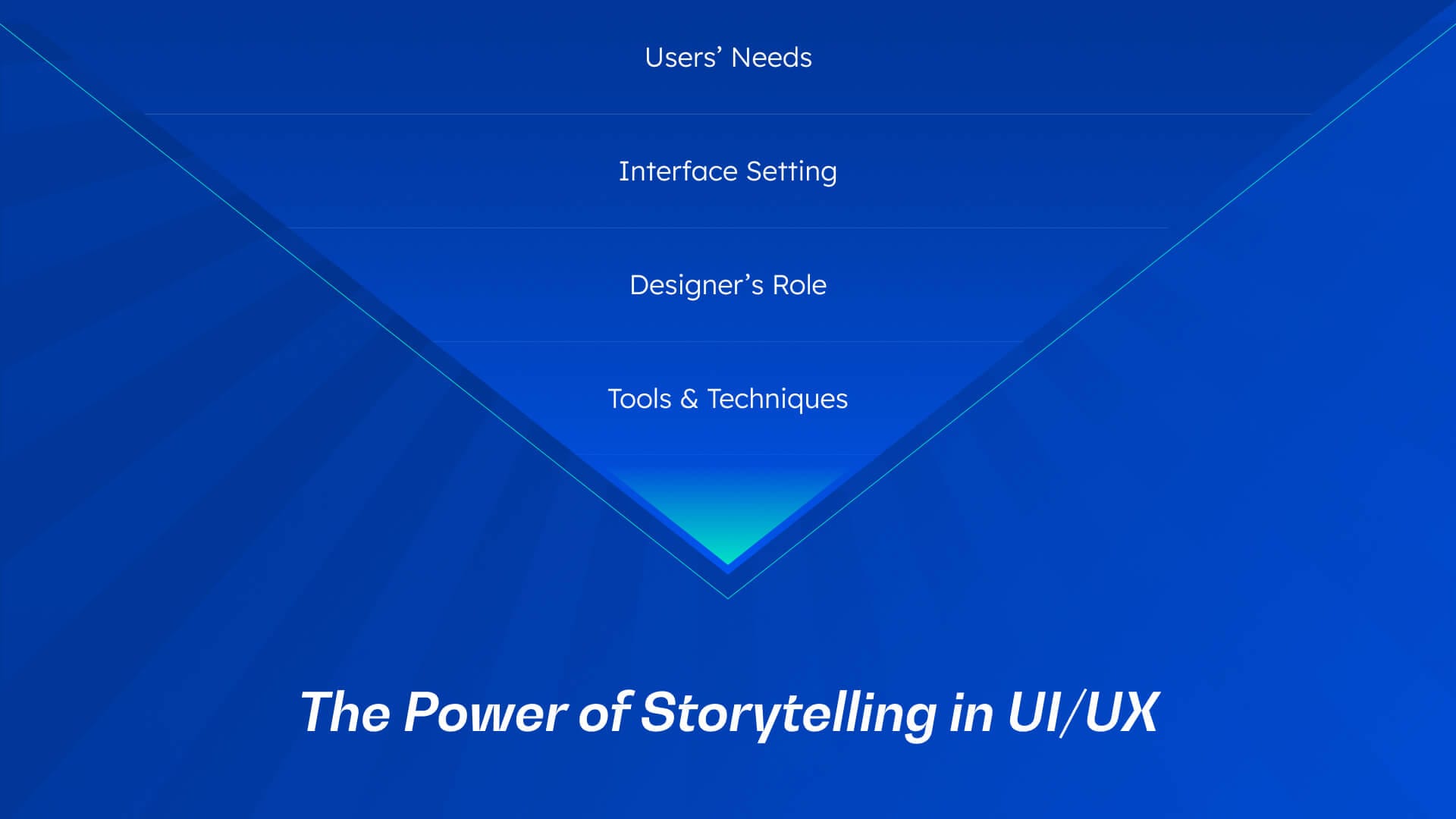Quick Summary: When we design something, it must have a specific pattern, standard, and consistency so it delivers the best user experience. Indirectly, we are discussing the design system with these points. There are various things that you may need to keep in mind while creating a design system. Are you curious to know about design systems and why they are valuable? This article helps explore all. Stay tuned.
When you design a fantastic castle, will you put the roof before the walls? You have to put things in the correct order. For example, you first need to build a strong foundation, walls, windows, doors, and a roof. This is how a design system works; it gives you a roadmap, similar to customer journey map, to help develop a systematic design for your project. Now, take another example: when you are building a house, you will not start from scratch every time you build doors, windows, and walls. You have a set of blueprints and ready material, which you will use every time you make the same. In a design system, you have a collection of things prepared to use every time you design components for your products. It helps you fasten your work with collections of patterns and practices.
The article is all about design systems, where you will learn how to create a design system and its significance. Basically, we have covered the following points;
- What is Design System All About
- Why To Build A Design System
- Top 5 Benefits of Design Systems
- Steps To Create An Efficient Design System
Let’s explore these points one by one.
What is Design System All About
When we talk about design systems, you must be wondering what a design system is and how it makes your product design so impactful. A design system is a practice that UI and UX designers use when designing digital products. It reduces design redundancy and accelerates the process. With a range of reusable components, defined processes, rules, and patterns, designers can speed up the design process and save time and money spent on digital product design. When you get to set rules, ready-to-use components, libraries, and others, you save up to 30 to 50% of your time on the design and development of digital products.
Why To Build A Design System
A design system helps maintain consistency throughout the design process. Apart from faster design and development, the design system bestows improved usability of the product and provides a competitive advantage. Creating a design system will help maintain consistency, reduce errors, and save 50% of design costs. Apart from all these, creating a system becomes a must because it can streamline workflows, maintain consistency across a product, and foster effective collaboration among cross-functional teams. Designers can express more with less when designing a small or enterprise product.
Top 4 Benefits of Design Systems
A design system is an effective set of tools, principles, and practices that help designers express more and do less. It has many benefits for digital products and the design process. We have explored some of the top ones you should use.
Increased Efficiency, Maintained Qality and consistency.
As discussed earlier, effective design systems can significantly reduce the time spent creating a design by 30% to 50%. This happens because the design system streamlines the design process while helping the designer maintain and improve the quality of products. Apart from this, maintaining uniformity in design is a challenge, but not with the design system. A UI/UX team with some expertise can easily maintain consistency throughout the digital product. Designers can maintain consistency with typography, spacing, or other UI elements.
Collaboration
A design system is not very useful when creating designs for small projects. For example, simple websites, landing pages, and others alike do not need a design system. However, if you are designing a project for a large enterprise or have enterprise design projects, you cannot have better output without implementing a design system. It’s a must, and you must take a collaborative approach for better product design. Design system system help you maintain collaboration between designers and developers. You have a large multi-functional team, which cannot be maintained without a proper design system.
Scalability
With Design systems, designers can expand as the project scales. They promote sustainable scalability by making the organization and design team more flexible and responsive to changes in the digital field. Design systems promote scalability and help the design and development team work in perfect sync. There are no more redundant elements and complexities, and scalability is achieved at its best.
Inclusivity
When you create a design for an enterprise, making it inclusive is a challenge. You need to spend time, effort, research, and planning to make a difference in product design. With a design system, however, it is nearly impossible as it promotes inclusive design practices.
Steps To Create An Efficient Design System
With the basics, you understand what a design system is. We have explored the top steps that will help you create an efficient design system. There can be various approaches and steps for the same. We have concluded them in 10 steps. Let’s explore them one by one.
Analyze your current process
The way to begin creating a design system is to assess your needs and research whether the system is worth investing in. You can prepare a set of questions centered around the design system and your needs. Now, solve each question and prepare a note for each answer.
Define Your Goals
What do you want to achieve with the design system? This is important as you must set clear goals to create a valuable design system. When say goals, it refers knowing what you re creating and for what purposes.
Define Brand’s Alphabet
When you say defining or identifying brand alphabet, it means creating brand identity and brand language. While brand identity refers to brand and product values, brand language refers to Colors, fonts, shapes, images, tone, voice, and others.
Conduct A UI and UX Audit
Duplication in design is a big concern, especially with large digital products. For that, you need to conduct a UI and UX audit. You have two major areas to explore: identifying the areas that contain inconsistency throughout the product design and identifying the elements that are crucial and most used in the product. Weather you are creating features, functionalities or visual elements, conducting audits for UX and UI will help you a lot.
Create A Pattern Library
In product design, there is plenty of decorative art, such as input fields, images, forms, buttons, and others. You need to collect all these patterns and decide the most used elements throughout the design. By creating libraries for each pattern, you can create a design system.
Design the Foundation
The next step in the design system is creating a foundation—or, you can say, designing a foundation for a digital product. This can involve designing the visual elements, such as contradiction, fonts, layouts, structure, and others. It’s something that you create once and use throughout the design.
Design the Components
You have many things to design, from input controls and navigational components to informational components, containers, and iconography. The component design in the design system will ensure that the information across the product design is identical and consistent.
Communicate Changes
A design system continues to evolve with time, and changes are inevitable. However, the team must communicate changes to the team and update the same to the entire organization. If something has been changed in UX, the same has to be communicated with the team. There has to be a log that details everything about the changes, explaining what changes were made. Let all users stay informed and updated with the latest change log.
How Does TheFinch Design Make a Difference
TheFinch design understands the significance of creating a design system for enterprise-grade digital products. I have vast experience and resources and efficiently build applications, irrespective of your business size and type. We have worked on various similar projects, and they have proven our quality work. With a leading UI design agency worldwide, TheFinch Design offers a result-oriented design system for your project. Connect with us today regarding your project scope; we will help you create an outstanding design system.
Ravi Talajiya
CEO of TheFinch
With over a decade of experience in digital design and business strategy, Ravi leads TheFinch with a vision to bridge creativity and purpose. His passion lies in helping brands scale through design thinking, innovation, and a deep understanding of user behavior.





















